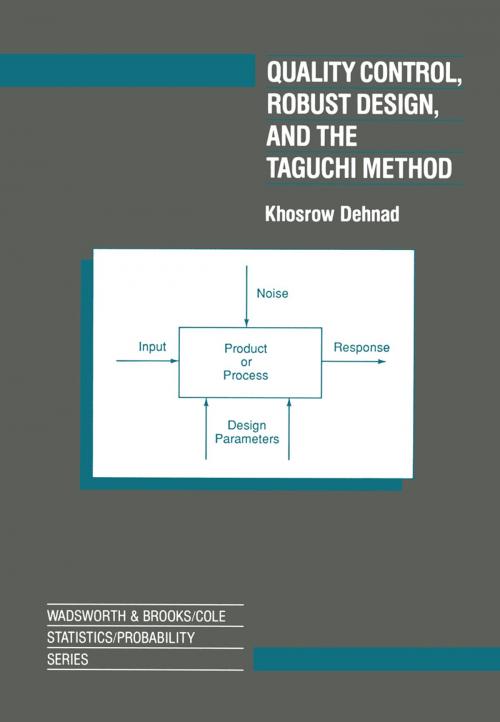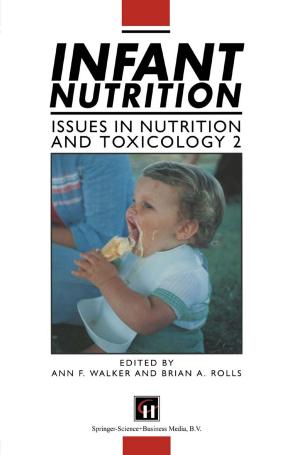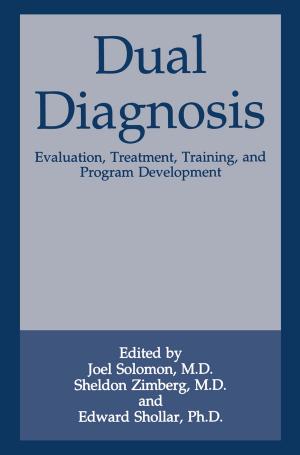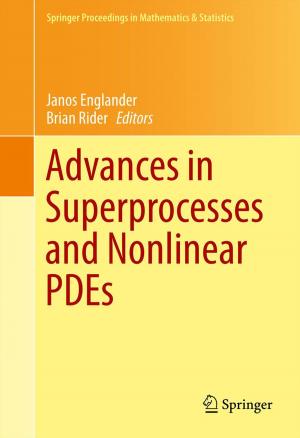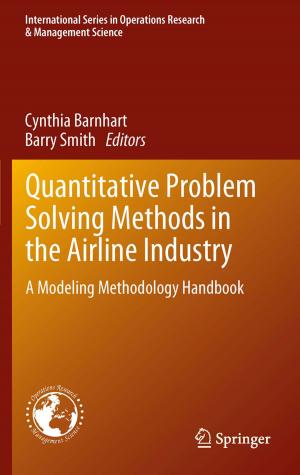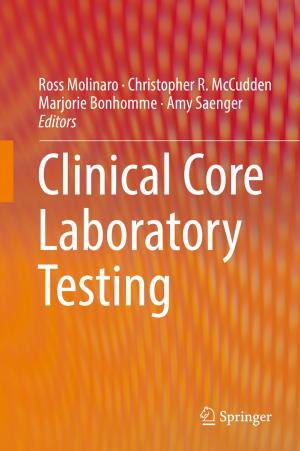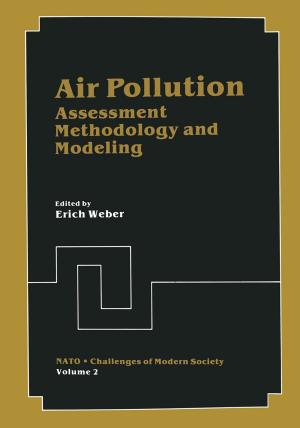Quality Control, Robust Design, and the Taguchi Method
Nonfiction, Science & Nature, Technology, Quality Control, Science| Author: | Khosrow Dehnad | ISBN: | 9781468414721 |
| Publisher: | Springer US | Publication: | December 6, 2012 |
| Imprint: | Springer | Language: | English |
| Author: | Khosrow Dehnad |
| ISBN: | 9781468414721 |
| Publisher: | Springer US |
| Publication: | December 6, 2012 |
| Imprint: | Springer |
| Language: | English |
In 1980, I received a grant from Aoyama-gakuin university to come to the United States to assist American Industry improve the quality of their products. In a small way this was to repay the help the US had given Japan after the war. In the summer of 1980, I visited the AT&T Bell Laboratories Quality Assurance Center, the organization that founded modern quality control. The result of my first summer at AT&T was an experiment with an orthogonal array design of size 18 (OA18) for optimization of an LSI fabrication process. As a measure of quality, the quantity "signal-ta-noise" ratio was to be optimized. Since then, this experi mental approach has been named "robust design" and has attracted the attention of both engineers and statisticians. My colleagues at Bell Laboratories have written several expository articles and a few theoretical papers on robust design from the viewpoint of statistics. Because so many people have asked for copies of these papers, it has been decided to publish them in a book form. This anthology is the result of these efforts. Despite the fact that quality engineering borrows some technical words from traditional design of experiments, the goals of quality engineering are different from those of statistics. For example, suppose there are two vendors. One vendor supplies products whose quality characteristic has a normal distribution with the mean on target (the desired value) and a certain standard deviation.
In 1980, I received a grant from Aoyama-gakuin university to come to the United States to assist American Industry improve the quality of their products. In a small way this was to repay the help the US had given Japan after the war. In the summer of 1980, I visited the AT&T Bell Laboratories Quality Assurance Center, the organization that founded modern quality control. The result of my first summer at AT&T was an experiment with an orthogonal array design of size 18 (OA18) for optimization of an LSI fabrication process. As a measure of quality, the quantity "signal-ta-noise" ratio was to be optimized. Since then, this experi mental approach has been named "robust design" and has attracted the attention of both engineers and statisticians. My colleagues at Bell Laboratories have written several expository articles and a few theoretical papers on robust design from the viewpoint of statistics. Because so many people have asked for copies of these papers, it has been decided to publish them in a book form. This anthology is the result of these efforts. Despite the fact that quality engineering borrows some technical words from traditional design of experiments, the goals of quality engineering are different from those of statistics. For example, suppose there are two vendors. One vendor supplies products whose quality characteristic has a normal distribution with the mean on target (the desired value) and a certain standard deviation.
